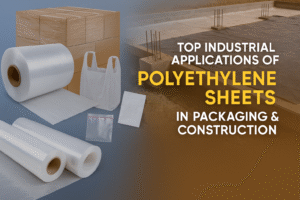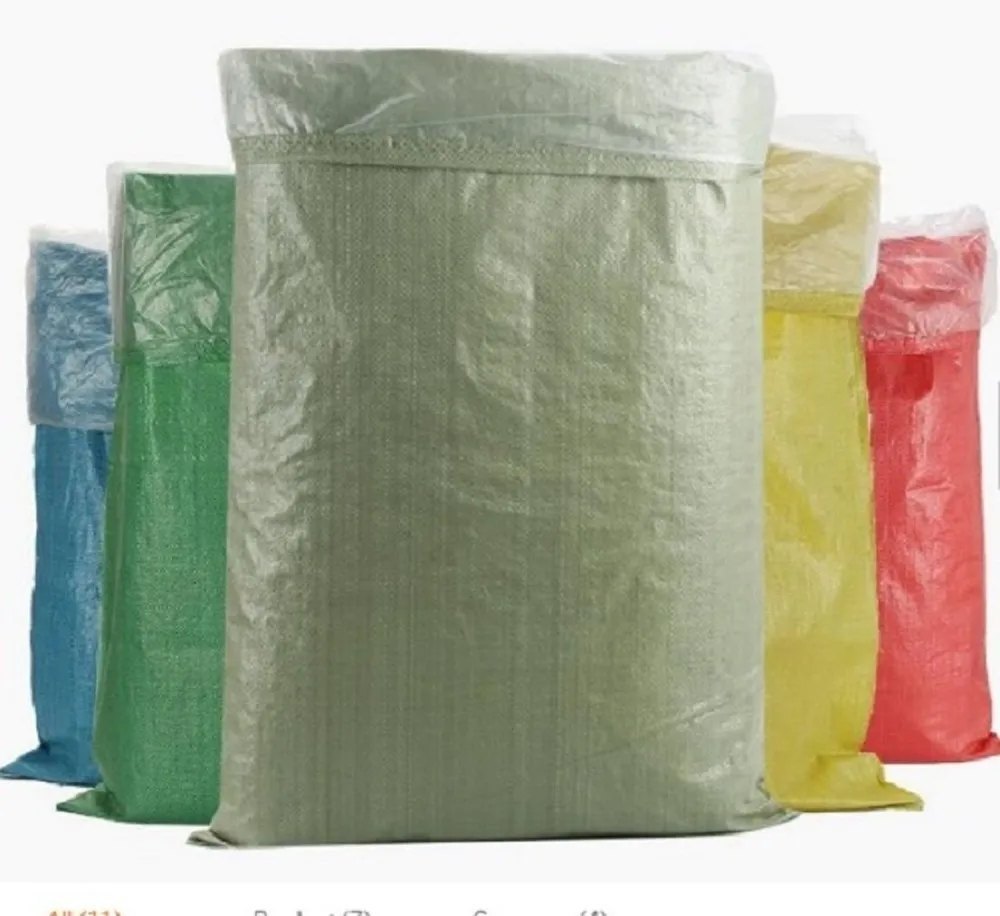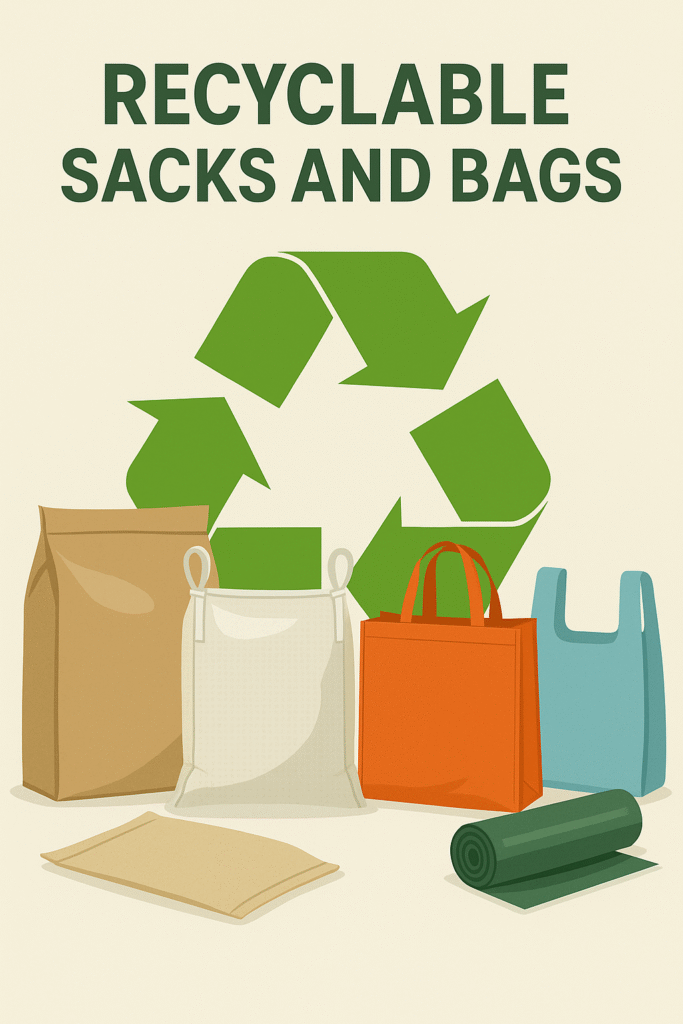Introduction
 Plastics are indispensable in modern industry, and among them, polyethylene sheets stand out as one of the most widely used materials. Known for their durability, flexibility, and cost-effectiveness, polyethylene (PE) sheets are used in countless applications across packaging, construction, agriculture, and industrial sectors.
Plastics are indispensable in modern industry, and among them, polyethylene sheets stand out as one of the most widely used materials. Known for their durability, flexibility, and cost-effectiveness, polyethylene (PE) sheets are used in countless applications across packaging, construction, agriculture, and industrial sectors.
For industries that demand strong yet lightweight materials, PE sheets provide the perfect balance of performance and affordability. This blog explores the top industrial applications of polyethylene sheets in packaging and construction, while also highlighting their advantages, sustainability, and role in shaping future industries.
What Are Polyethylene Sheets?
Polyethylene sheets are thin, flat plastic materials made from polyethylene polymers, primarily Low-Density Polyethylene (LDPE), High-Density Polyethylene (HDPE), and Linear Low-Density Polyethylene (LLDPE).
They are valued for:
- Flexibility – suitable for wrapping and covering
- Durability – resistant to impact and wear
- Moisture Resistance – excellent barrier against water and chemicals
- Affordability – cost-effective for bulk industrial use
- Versatility – customizable in thickness, color, and texture
Polyethylene Sheets in Packaging
1. Food Packaging
Polyethylene sheets are widely used in food packaging due to their non-toxic, flexible, and moisture-resistant properties. They help preserve freshness, extend shelf life, and prevent contamination.
- Used in wrapping, pouches, and multilayer films
- Provides transparency for visibility
- Maintains hygiene during storage and transport
2. Industrial Wrapping and Pallet Covers
In logistics and warehousing, PE sheets are used as wrapping materials and pallet covers. They protect goods from dust, dirt, and moisture during shipping.
- Stretch films for securing products
- Heavy-duty sheets for pallet protection
- Prevents damage and contamination
3. Pharmaceutical and Medical Packaging
PE sheets are a top choice for pharmaceutical packaging as they provide a sterile barrier, are resistant to chemicals, and can be heat-sealed.
- Used in medicine blister packs, syringes packaging, and liners
- Offers reliability and safety for sensitive products
4. Retail and Consumer Packaging
From shopping bags to flexible retail films, PE sheets dominate consumer packaging markets. Their lightweight nature and recyclability make them cost-effective and widely accepted.
Polyethylene Sheets in Construction
1. Moisture Barriers (Vapor Barriers)
One of the most critical applications in construction is moisture-proofing. PE sheets act as vapor barriers beneath flooring, concrete slabs, and walls.
- Prevents moisture seepage and mold formation
- Enhances structural durability
- Reduces maintenance costs
2. Protective Coverings
Construction sites use PE sheets as temporary protective covers for equipment, furniture, and building materials.
- Shields from rain, dust, and debris
- Easy to apply and remove
- Cost-effective site management solution
3. Roofing and Insulation
Polyethylene sheets are used as part of roofing underlays and insulation layers. They provide:
- Heat resistance and weatherproofing
- Energy efficiency in buildings
- Extended roof life
4. Concrete Curing Sheets
In construction, PE curing sheets are spread over freshly poured concrete to control moisture loss. This ensures proper hydration and prevents cracks.
5. Geomembranes and Liners
Heavy-duty polyethylene sheets are used in landfills, canals, and reservoirs as geomembrane liners.
- Provides water retention and leakage prevention
- Resistant to UV and chemicals
- Widely used in large-scale infrastructure projects
Advantages of Polyethylene Sheets in Industry
✔ Durability – long-lasting performance under stress
✔ Flexibility – adapts to multiple applications
✔ Cost-effectiveness – affordable bulk production
✔ Lightweight – easy handling and transport
✔ Recyclability – contributes to sustainability
Sustainability Aspect of PE Sheets
With increasing focus on eco-friendly practices, industries are demanding recyclable and reusable materials. Polyethylene sheets are recyclable under codes LDPE #4 and HDPE #2, making them a sustainable choice when proper recycling systems are in place.
ISHA EXIIM promotes eco-conscious sourcing and recycling, helping businesses align with green initiatives without compromising performance.
Future Outlook
The demand for polyethylene sheets is projected to grow due to their adaptability in modern packaging and construction. Innovations in biodegradable and recycled PE sheets are already shaping the market, offering more sustainable alternatives.
As industries focus on cost efficiency, durability, and sustainability, polyethylene sheets will remain an essential material for global trade and manufacturing.
FAQs
1. What are the main uses of polyethylene sheets?
They are used in food packaging, industrial wrapping, moisture barriers, roofing, insulation, and protective coverings.
2. Are polyethylene sheets recyclable?
Yes, LDPE and HDPE sheets are recyclable and reusable under proper recycling systems.
3. Which industries benefit most from PE sheets?
Packaging, construction, agriculture, logistics, and pharmaceuticals rely heavily on PE sheets.
4. What is the difference between LDPE and HDPE sheets?
LDPE sheets are more flexible and lightweight, while HDPE sheets are stronger and more rigid, suitable for heavy-duty use.
5. Why choose ISHA EXIIM for polyethylene sheets?
Because we provide international quality products, timely delivery, competitive pricing, and sustainable solutions.
Conclusion
Polyethylene sheets are more than just plastic materials – they are indispensable solutions for both packaging and construction industries. From protecting food and pharmaceuticals to ensuring durability in buildings, PE sheets deliver unmatched versatility and value.
At ISHA EXIIM, we supply high-quality polyethylene sheets and related polymer products that meet international standards. With over 15 years of expertise, we are your trusted partner for sourcing reliable, cost-effective, and sustainable materials for global markets.


